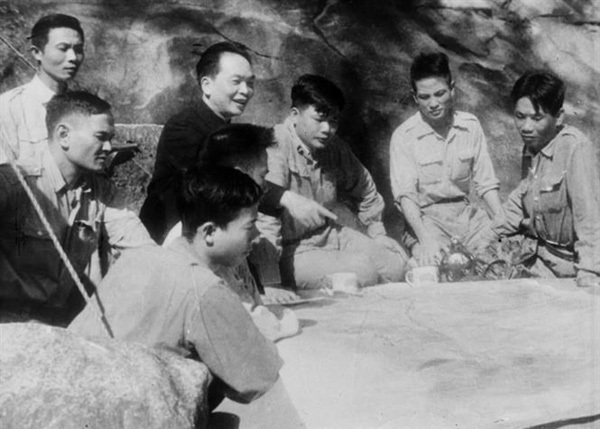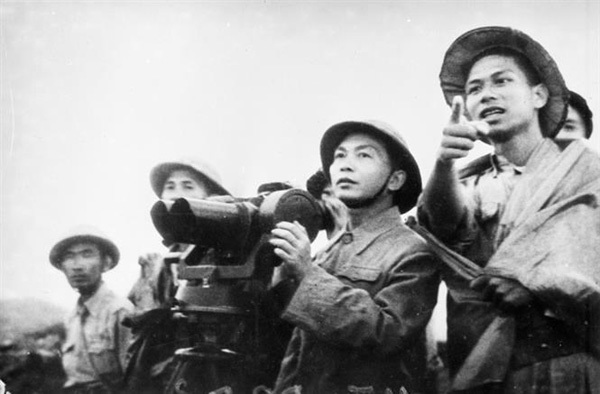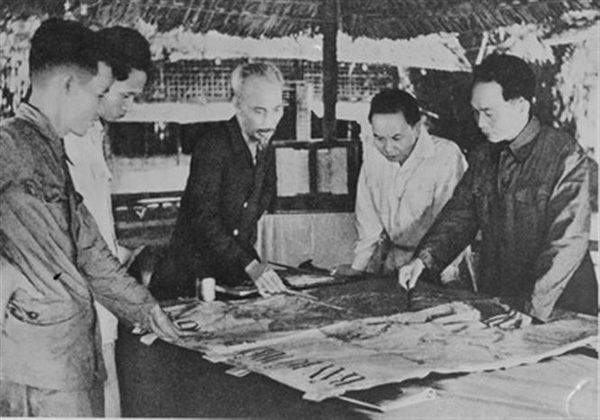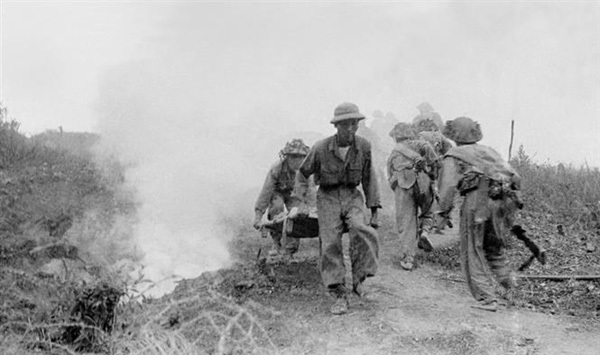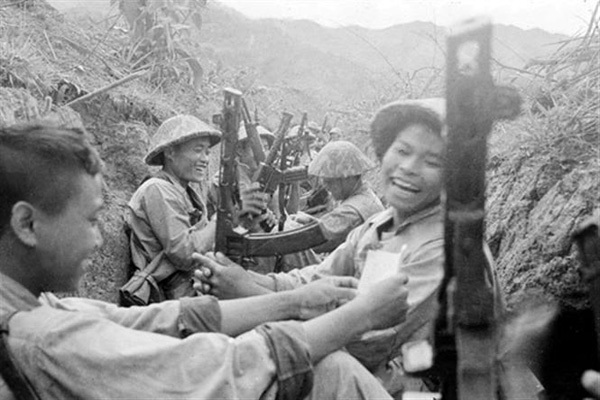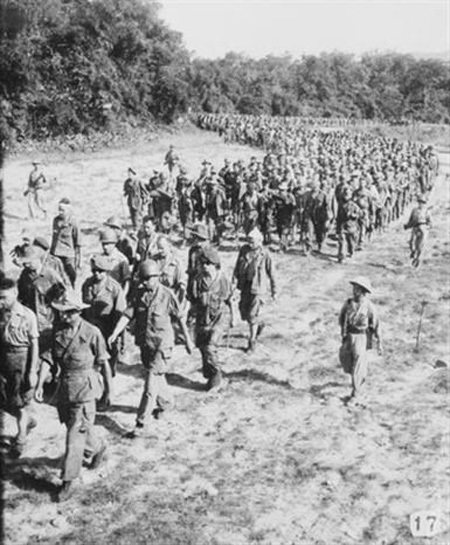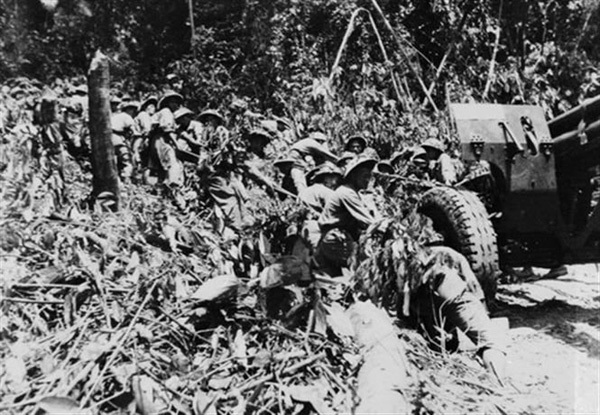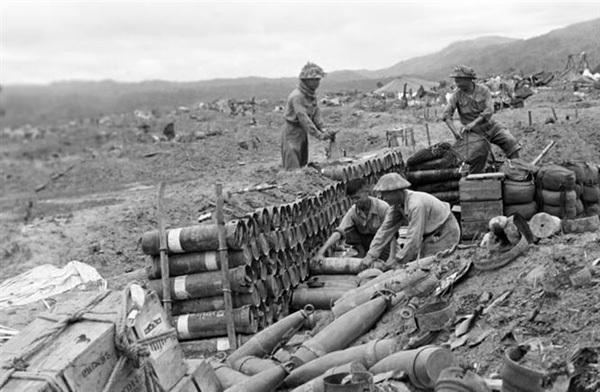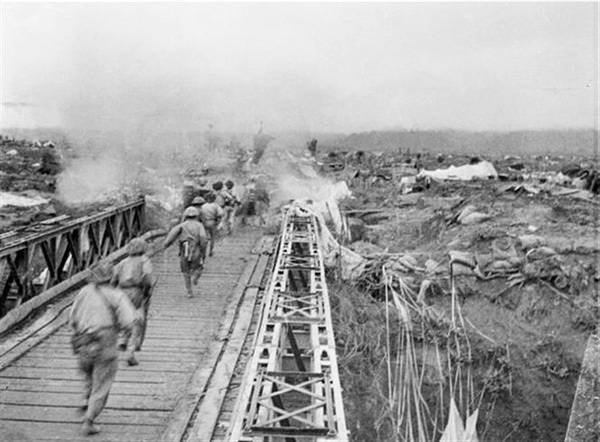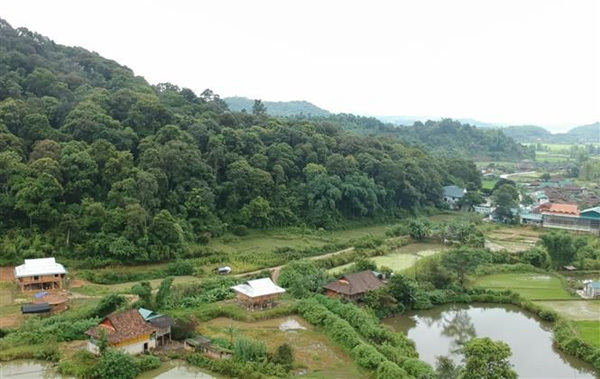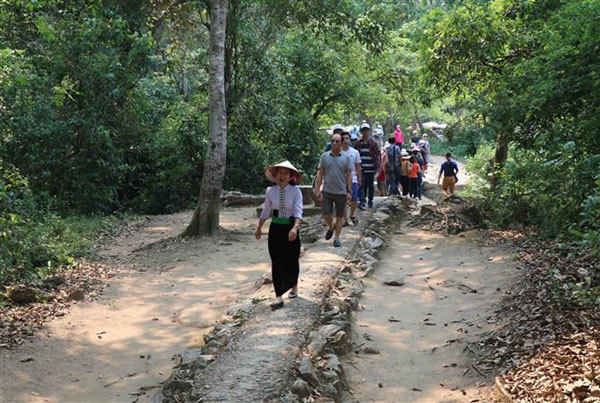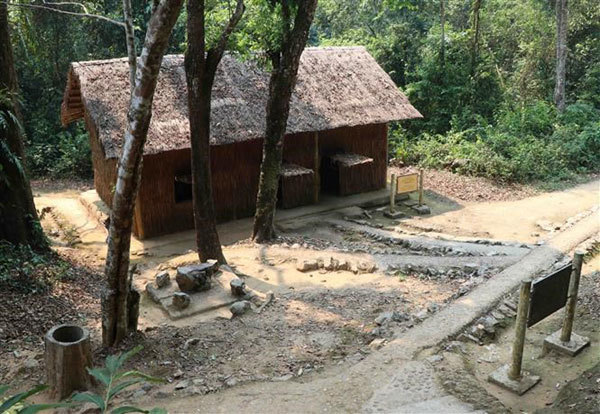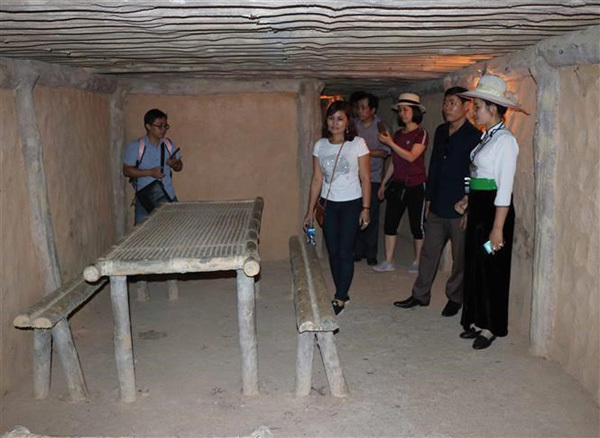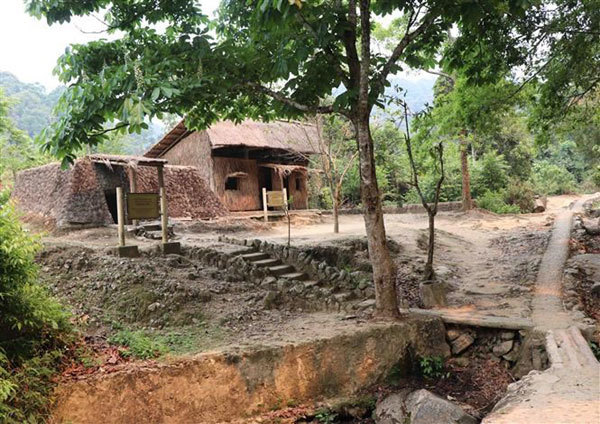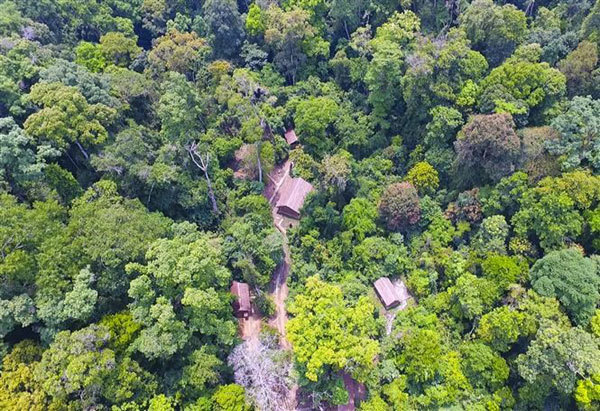Relic site of Dien Bien Phu battlefield
Historic sites at Dien Bien Phu
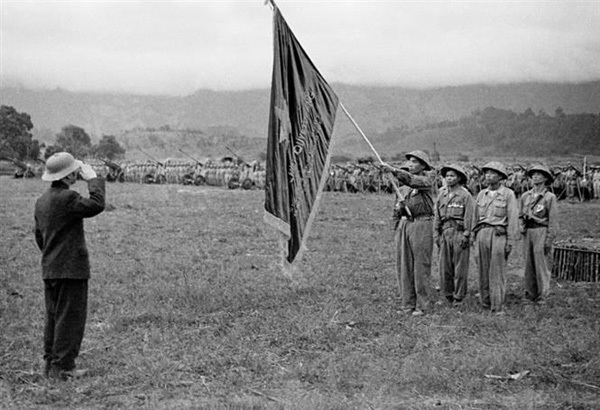 |
|
The Dien Bien Phu Campaign lasted for 56 days from March 13 to May 7, 1954 (Photo: VNA)
The campaign was under the command of General Vo Nguyen Giap (Photo: VNA)
Dien Bien Phu victory on May 7, 1954 led to the signing of the 1954 Geneva Accords in which France agreed to withdraw its forces from its colonies in Indochina (Photo: VNA)
The Party and President Ho Chi Minh play a significant role in leading and guiding the campaign (Photo: VNA)
The combatant will and spirit of the army, the strength of the people’s war largely contributed to the victory (Photo: VNA) |
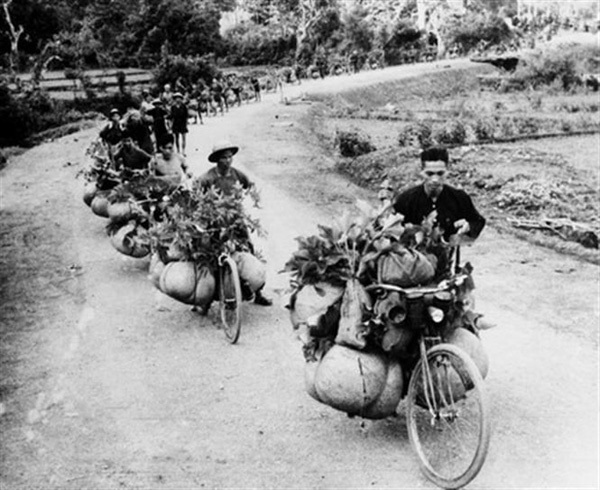 |
|
The combatant will and spirit of the army, the strength of the people’s war largely contributed to the victory (Photo: VNA)
The combatant will and spirit of the army, the strength of the people’s war largely contributed to the victory (Photo: VNA)
The victory indubitable caught the attention of the international community, leading to the end of the war in Vietnam after nine years (Photo: VNA)
Photo: VNA
The most well-known remnants of the Dien Bien Phu Historical Site are A1, C1, C2, D1 Hills, Beatrice, Isabelle, Independent Hill, Muong Thanh Bridge, Muong Thanh Airport and De Castries Bunker (Photo: VNA)
Muong Thanh Bridge (Photo: VNA) |
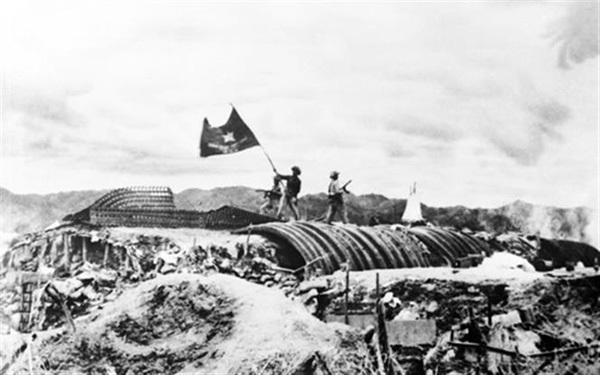 |
|
De Castries Bunker (Photo: VNA)
Only 500km to the West of Hanoi, the battle ground in Dien Bien Phu is a well-known site marking a victorious exploit of Vietnamese people in the Indochina War (Photo: VNA)
Photo: VNA
Photo: VNA
A 96m underground tunnel connects the working places of General Vo Nguyen Giap and Councillor Hoang Van Thai (Photo: VNA)
Nearly 30km away from the center of Dien Bien Phu City, the whole complex (including the shelters of Vietnamese army) situates in Muong Phang village (Photo: VNA)
Muong Phang village nowadays (Photo: VNA) |
VNA
 Dien Bien Phu victory in 1954 was Vietnam's greatest victory in the war against the French, leading to the signing of the Geneva Accords, ending the war in Vietnam and restoring peace in Indochina." itemprop="description" />
Dien Bien Phu victory in 1954 was Vietnam's greatest victory in the war against the French, leading to the signing of the Geneva Accords, ending the war in Vietnam and restoring peace in Indochina." itemprop="description" />
